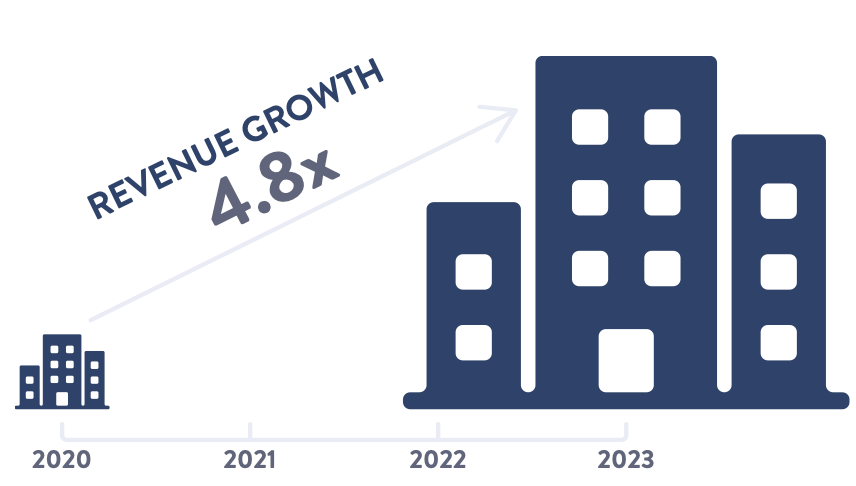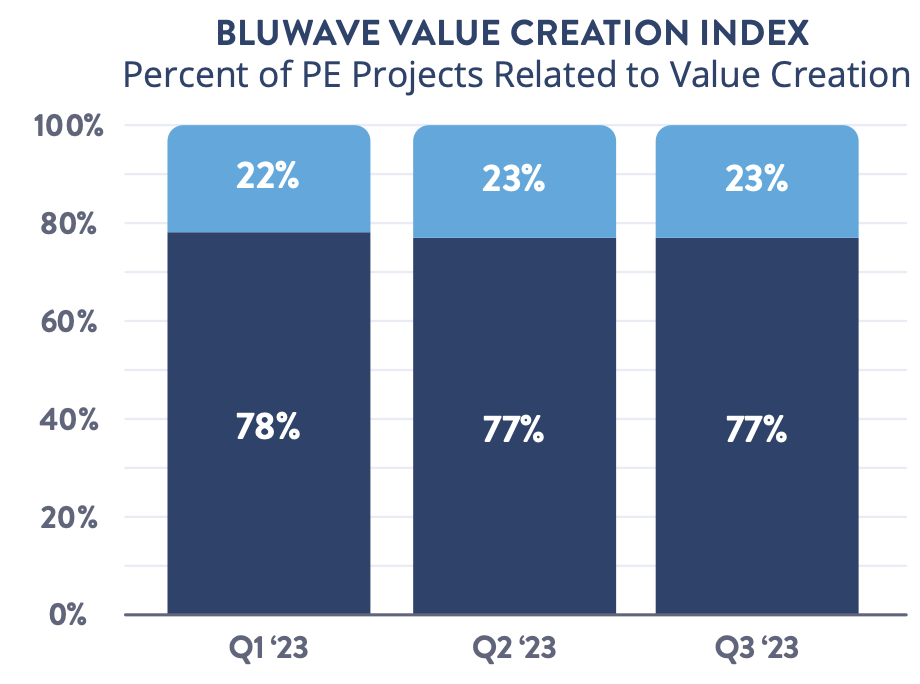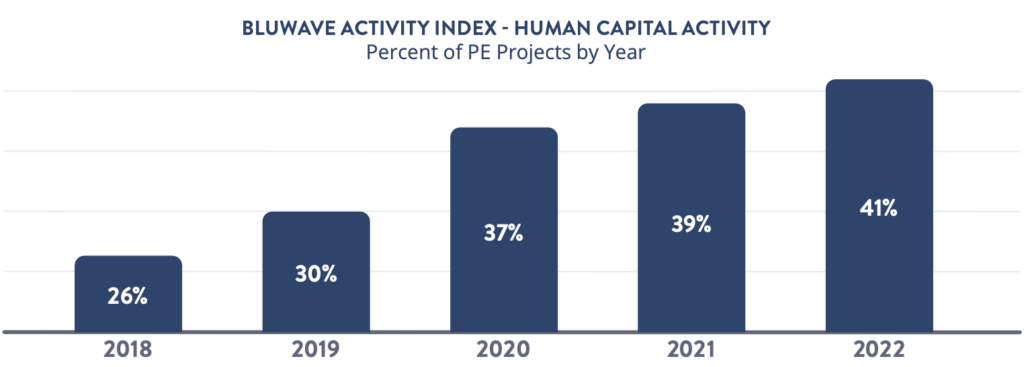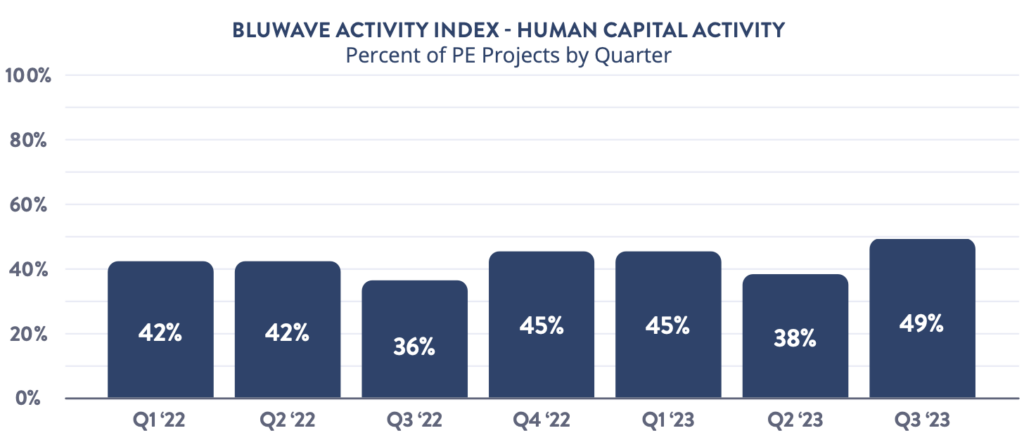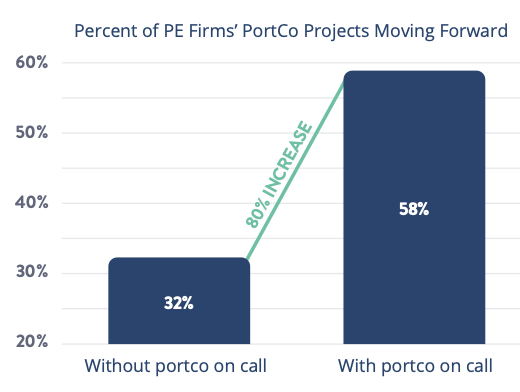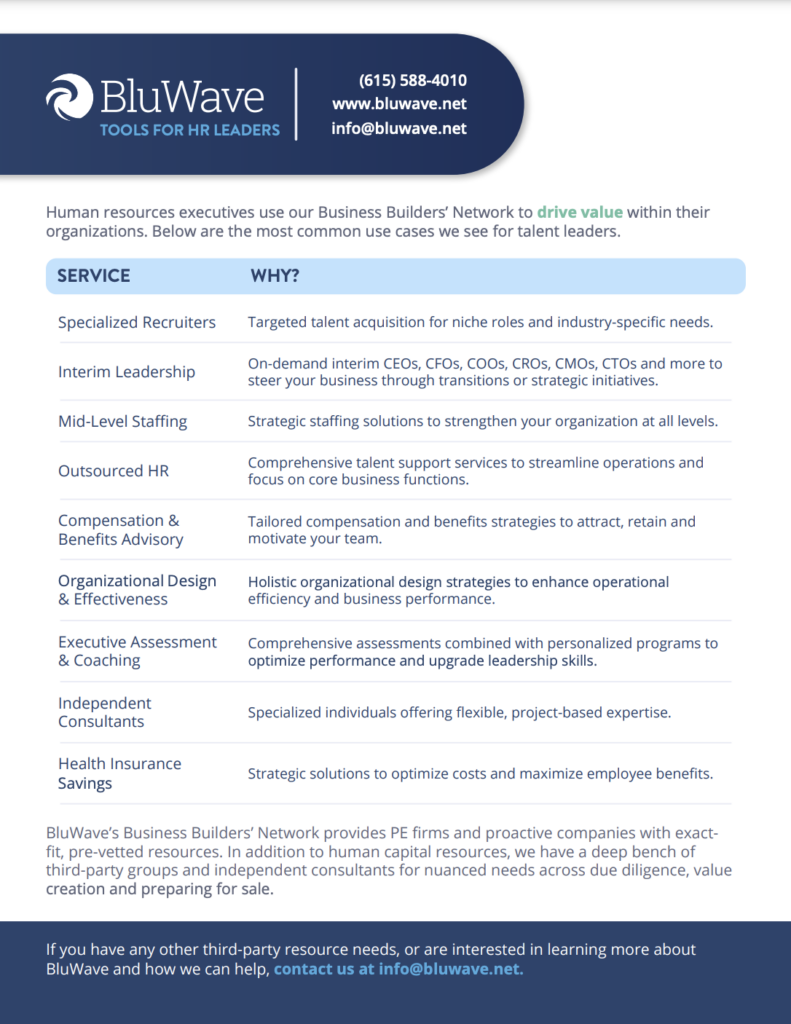When a private equity firm is evaluating an acquisition target, they perform thorough due diligence before making any decisions.
One part of the due diligence process that tends to come later in the process is information technology (IT) due diligence. While important in any industry, this practice is particularly apropos for companies in the technology software industry.
“For companies that have kept up, they can have a significant competitive advantage,” BluWave Head of Technology Houston Slatton says. “But for companies that haven’t embraced technology or managed it well, it can become a liability or a risk to their operations.”
READ MORE: What is Commercial Due Diligence?

What is the IT Due Diligence Process?
Here are the top-level steps involved with IT due diligence:
- Preparation
- Information Gathering
- Asset Evaluation
- Contract Review
- Risk and Opportunity Identification
- Recommendations
READ MORE: What is IT Due Diligence?
IT Due Diligence for Technology Software Companies
Here are how each of those steps could apply to due diligence being conducted on software companies:
Information Gathering
Gathering information is a rigorous process involving deep dives into the software’s architecture, databases and development practices. This phase assesses the company’s technical assets and the quality of its codebase, exploring aspects like scalability, maintainability and technical debt.
Asset Evaluation
In asset evaluation, the focus shifts to the software itself. What is the state of the product’s lifecycle? Are the technologies used up-to-date and supported? The evaluation also reviews the company’s intellectual property portfolio for patents, trademarks and copyrights that protect its innovations.
Contract Review
The contract review scrutinizes agreements with customers, vendors and partners. For software companies, this could involve licensing agreements, open-source software dependencies and third-party integrations that are essential for the company’s products and services.
Risk and Opportunity Identification
Identifying risks requires an understanding of the regulatory environment, especially for data privacy and security. What are the potential compliance liabilities? Conversely, where are the opportunities for innovation or market expansion? This step often reveals how IT can be a growth enabler or a liability.
“If you don’t use the tools well – if you don’t maintain them – a good IT diligence report is going to highlight those issues, but also will highlight those as recommendations or opportunities to drive value in the business post-close,” Slatton says.
READ MORE: How To Hire an Interim CTO
Recommendations
The final recommendations are a strategic mix of immediate actions and long-term plans. For a technology software company, this might include advice on enhancing security, improving system integration or investing in new technologies to keep the company ahead of the curve.
The IT due diligence process is integral to understanding the true value of a technology software company. It’s not just about identifying what works and what doesn’t – it’s about uncovering how the technology can drive the company forward.
Private equity firms that don’t perform thorough IT due diligence may find themselves facing unforeseen challenges down the line. But those that prioritize this step can use it to guide their investment strategy, uncover new opportunities, and ultimately, ensure that their acquisition is set up for success in the rapidly evolving tech landscape.
READ MORE: Why Mergers & Acquisitions Fail
For expert guidance through the IT due diligence process, reach out to BluWave. Our research and operations teams can connect you with the best IT due diligence experts in the industry, handpicked for your situation.
“The specialized providers in the Business Builders’ Network have in-house employees who focus on doing these types of assessments for investors,” Slatton says. “They’re seasoned technology professionals who know how to quickly assess an organization through the lens of private equity firms and other acquirers.”
Start a project with us today and we’ll provide a short list of service providers in less than 24 hours.



